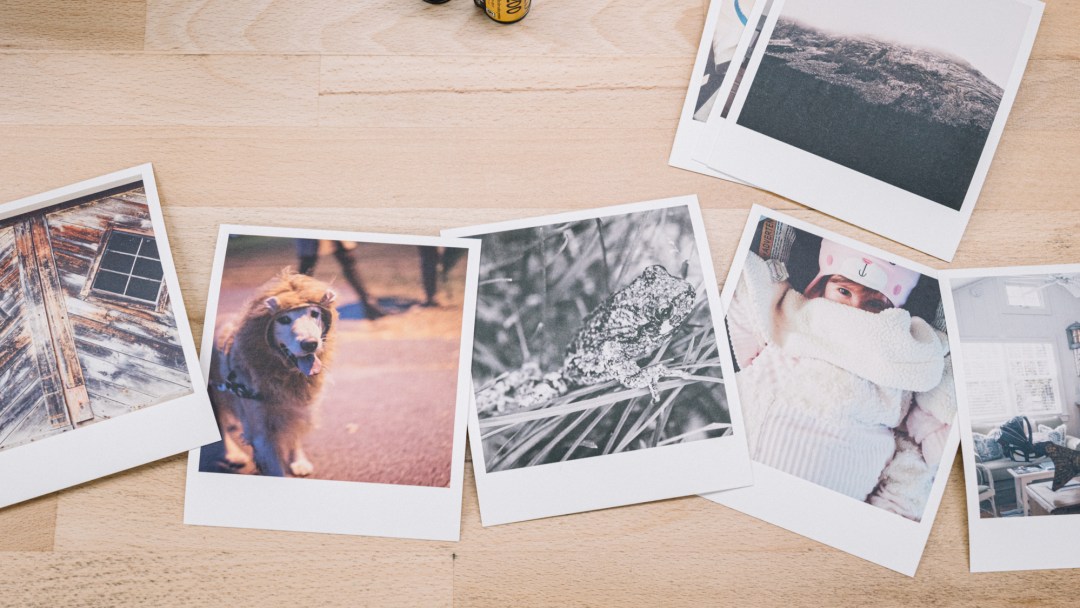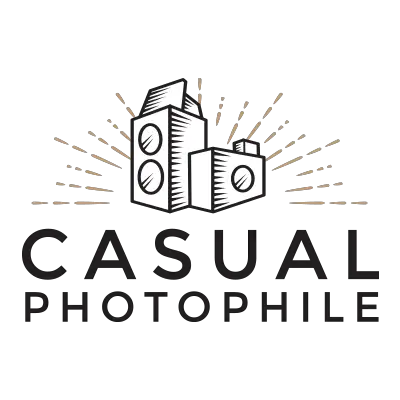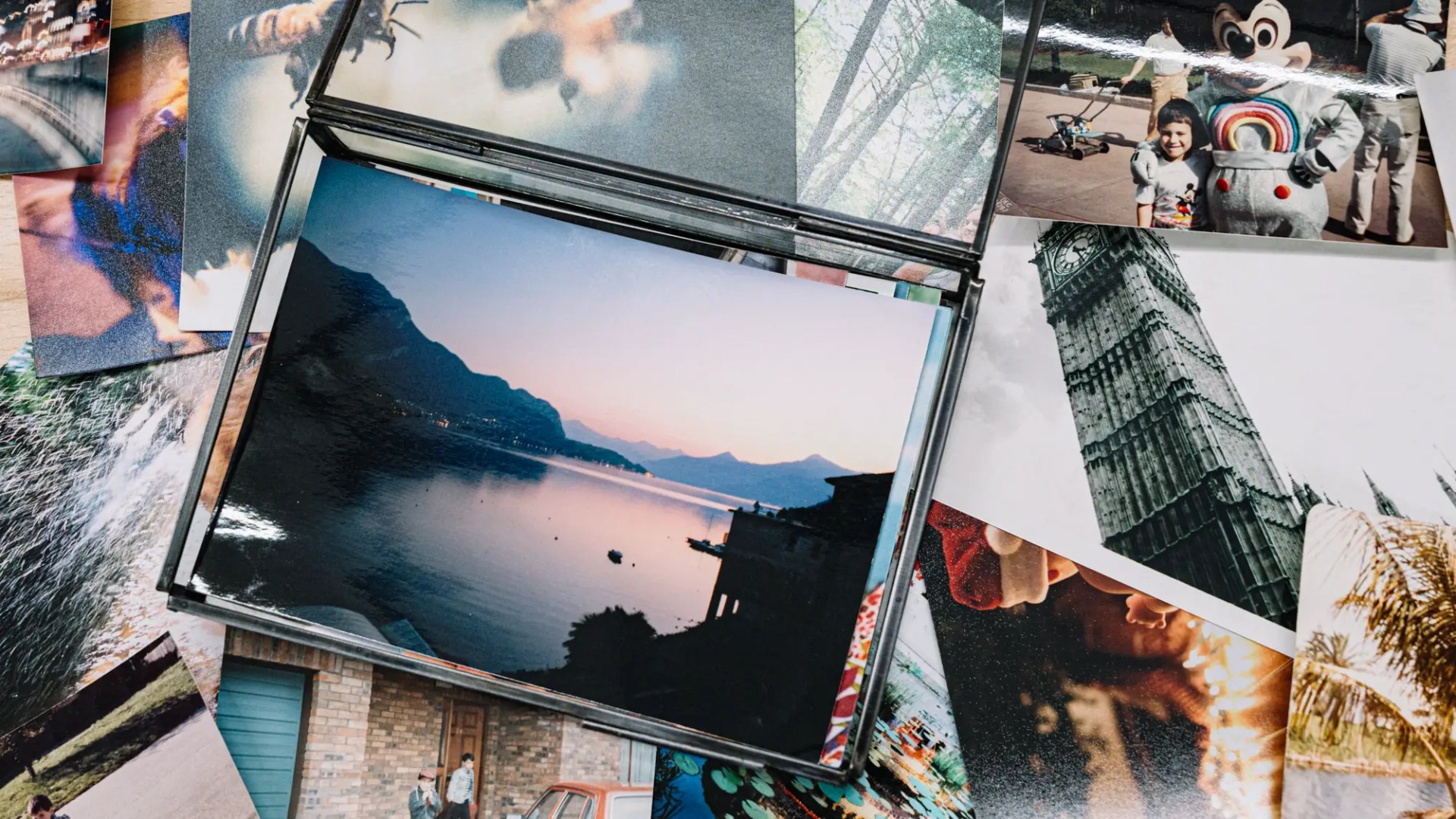Did the headline convince you? Did the repetition help or was it too obtuse? Let me spell it out, just in case – the thesis statement, like we’re all back in school – Printing your photos should be the ultimate goal of any photographer, and it doesn’t need to be complicated.
I’m not going to get all artsy and holy about it. I don’t expect you to relegate your kids to the basement, tape off the windows of their former nursery, buy an enlarger and learn about all of that darkroom black magic in which, if I’m being honest, I couldn’t be less interested. I don’t expect you to become Ansel Adams.
I’m not going to recommend darkroom printing because it’s… a lot. And I find that there are plenty of people out there who tell us to “print our photos” and then immediately show us how complicated it is to do so. We get it – you know what a Beseler 23C is. Most of us don’t want that.
That said, if you do want that, if you want to dedicate a whole room and a bunch of space to a stockpile of chemicals and plastic jugs and plumbing and optical magic boxes and spend your precious free time in the dark making optical prints – damn, you should totally do that. I’d be impressed. But that’s not the way for me, nor is it the way for most people shooting film today.
Most of us shoot our film and send it off to Northeast Photographic or Richard or Darkroom, and get our scans back and share them on the internet. We keep them in our phones and on our computer drives and eventually they get lost or deleted to make room for the latest Fortnite update. That’s what most of us are doing, anyway.
Even the most studiously analogue of us (that’s sort of me, to be honest) often forget to print our shots or have a lapse of a year or two in which life just becomes too busy. Printing photos just isn’t a priority.
And it’s kind of a shame.
Here comes the weird story part!
When I was nine years old, my family and I moved from Oklahoma to Scotland for some sort of construction project (my father was a builder). We lived in Kirkcaldy, a city on a river. My memory of it is pretty sparse. Kind of dirty. Mostly grey. We lived near the similarly grey water which locals called the Firth of Forth (I don’t think this is right, but it’s what my memory tells me – cut me some slack, this was 28 years ago). Occasionally there would be a storm and the beach would be covered in dead and dying jelly fish. They were also mostly grey.
At some point in the span of time that we lived in Scotland, we took a vacation to a home in the highlands. The highlands are the mountainous regions up north, where the cold and grey is punctuated by darker grey rocks and little, low-to-the-ground starbursts of purple, the flowering parts of the thorny thistle weed which dominates the scrubby lands there. There are also sheep, and old men who watch the sheep.
The traveling party was comprised of my family (my brother and I, and our two parents), and another family which was engaged in the construction project with my father (two kids – a son and daughter – and their two parents). The son, named Ronnie, was my best friend from school.
We stayed in a little stone house on a mountainside. In the distance on all sides were neighboring mountains. They may have been small, but as a nine-year-old they seemed Everestian (an adjective for “like Everest” which I have just invented). Across one particular valley on the climbing slope of one of the neighboring mountains there was a similar house to the one in which we were staying. There in that house lived an old man who raised sheep. Every day in the morning we would notice him leave his house with his two border collies and a flock of sheep. On his shoulder he carried a rifle. He’d walk off across the mountain, reach some fold in the land and disappear for the day. Every now and then we’d hear a rifle shot.
One day we decided to take a walk through the highland countryside. The walking party was, to my best recollection, comprised of everyone. The two families in their entirety.
We walked and eventually came across a boggy place which I have mentally identified as a “moor” for twenty-something years. I’ve read The Hound of the Baskervilles, like, twenty times. Arthur Conan Doyle wrote a lot of words in that book describing moors. We didn’t have moors in Oklahoma and I haven’t lived anywhere in the intervening years which could claim to have moors. I’m not sure that what I saw in Scotland that day was, in fact, a moor. But I feel like we had stumbled upon a moor, so that’s what I’m calling it.
In the what-I’m-calling-a-moor that we’d stumbled upon, the ground was a soup. Stepping into it created a squelching sound and our boots were pulled from our legs. We avoided the place as best we could, using our big, human brains to not get stuck and die in the grasping earth. But not every creature had been so blessed with our grand intellect. At one point in the trail, just off of the slightly less disgusting path on which we walked, we saw an enormous moose, or elk, or some other sort of Scottish quadrupedal herbivore sunk into the muck so deeply that only its shoulders and enormous head were visible. It just sat there, dead of course, blindly staring with its enormous, black eyes. It had horns, or antlers, which were larger than my entire nine-year-old body. I stared at this grim scene for a long time. It was tragic and sad, and grotesque, and it captivated my young mind. A pretty horrible sight, to be honest.
We continued our walk and went back to the house. The day ended and the next began, and then that day ended as well.
Later in the trip, the man across the valley with the gun and the dogs and the sheep walked over to our house. He introduced himself and chatted with the adults. The children, meaning myself, my brother, Ronnie, and Ronnie’s sister, petted the dogs and the sheep, which milled about the property eating plants. While running around with the sheep and the dogs, I saw that the adults were talking by the house. My brother and friends continued chasing sheep and dogs while I went back to see what the adults were discussing. I noticed that the man with the sheep had his rifle in one hand, and in the other he held a string which passed over his shoulder and ended tied to two dead rabbits. I asked him if he shot the rabbits, and he said yes, and I asked why, and he told me that he shoots a couple of rabbits every week and feeds his dogs with their meat. He asked if I’d ever shot a rabbit, and I said no, and he asked if I’d like to see how to prepare a rabbit for cooking, and I said yes.
In hindsight, that’s kind of a weird thing to ask a nine-year-old boy, but maybe I’m just being soft.
In any case, he slung the rabbits off his shoulder and onto the grass. He put one rabbit onto a rock and extracted a large knife from somewhere and began cutting into the rabbit. He deftly gutted the rabbit and fed parts of it to his dogs on the spot. With a flourish of the knife and a rapid motion of his hands he had removed the rabbit’s pelt, after which he held a beautiful rabbit fur in one hand and a skinned rabbit in the other. I simply watched in mild horror and awe.
He let me hold the rabbit pelt. It was the softest fur I’d ever felt. I’d never had a rodent for a pet, and I’d never petted a rabbit before. After a moment he asked if I wanted the pelt. He said that if I hung it up on a clothesline for a day or two it would dry out and be fit for keeping. I, of course, said yes, that I wanted the extremely soft rabbit pelt very much.
At that moment, my friend Ronnie, who had approached unnoticed at some point during my conversation with the sheep man, began screaming. He yelled at me and the man with the sheep, and his parents, and my parents, and he screamed that he wanted a rabbit pelt as well. He yelled that he deserved the rabbit pelt. We were all fairly shocked, I most of all, since Ronnie was my best friend and I didn’t want to fight with him, or anyone. Though the man had another rabbit and probably could have simply created another pelt on the spot, this didn’t happen. I don’t know why, because I don’t remember. I feel like, looking back on it, if I were an adult in that situation I’d have said “Ronnie, if you stop yelling at everyone and apologize, I’m sure this nice man will also give you the skin of a dead rabbit.” But I was nine years old and none of the adults said anything like that, and pretty immediately Ronnie screamed louder and ran away into the house.
Being a concerned friend, I chased him, saying things like “Why are you so mad?” and “Just talk to me.” But he didn’t.
He eventually ran into a bedroom in the house and slammed the door shut behind him. I followed and the door was locked, but I could hear him crying on the other side of the door, so I pressed him further. I asked him why he was so mad, and he yelled at me. I don’t really remember the conversation, however, I do remember that his chief argument was that he deserved to have the rabbit pelt because he had never seen a dead animal before.
The logic behind his argument is fundamentally flawed. Never seeing a dead animal doesn’t really entitle you to automatic ownership of a rabbit pelt. That’s like saying you should own Saturn because you’ve never seen a planet with rings before. But at the time, I took Ronnie’s argument at face value and counter-argued “What are you talking about? You just saw that dead moose in the mud the other day?!”
Ronnie didn’t respond to this, and I assumed at the time that he didn’t respond because he knew that I was right. His argument was shattered. He said nothing more and stayed in the room being upset, and I left the locked door alone, and that was that. I was right. He was wrong. He had a fit over a rabbit pelt, and his chief argument was that he’d never seen a dead animal. But he had, in fact, seen a dead animal. And just days ago, with me as witness. He’d seen the dead moose.
Twenty-five years later my mother was visiting me at my house, and with her she had brought a massive bundle of photo albums from the ancient history of our family. She didn’t want the photos anymore because they were relics of another life. The pictures of our childhoods and my parents’ relationship, which were now distant memories. But she thought I might want the photos, so she left them with me and I looked at them later that month.
There were some pictures from Scotland in the bunch, and those were somewhat interesting to look through. They showed an innocent childhood that I barely remembered. I won’t get into all of that.
But I came across one particular photo that really made me pause. It was a shot of the walking party out on the thing that I’ve called a moor earlier in this writing. We were all gathered together with extremely muddy boots, the countryside trailing away in the background, thistle flowers on the border of the frame, craggy rocks in the background. I could see the muddy land which had killed the moose. It was all there, exactly as I’d remembered, except for one detail. There was no Ronnie.
I called my brother.
“Hey.”
“Yo.”
“Do you remember that day we went for a walk in Scotland, in the highlands with everyone?”
“Uh, yeah I think so.”
“Okay, do you remember we got to that big muddy area, and we saw that dead moose sunk in the mud?”
“Oh, yeah, absolutely.”
“Okay. Okay. Who was there?”
“Who was there? Like, on the walk?”
“Yeah.”
“Me, you, mom, dad, and the other two parents.”
“That’s it? Are you sure?”
“Pretty sure.”
“So Ronnie and the sister (I can’t remember her name), they weren’t with us? We were the only kids there?”
“Yeah.”
And just like that, I’d suddenly lost the argument that I had thought I’d won for twenty-something years. Ronnie wasn’t there. He hadn’t seen the dead moose. He was right!
Anyway, Ronnie still didn’t deserve the rabbit pelt. And in the end it didn’t really matter anyway, because by the time I’d stopped trying to convince Ronnie to still be my friend and gone back outside, the man with the sheep had tossed the pelt to his dogs. It had been summarily devoured. No one got the pelt. Well, the dogs did.

What did I just read?
There are many reasons to print our photos. One reason, which should be obvious if you’ve suffered through the 1800-word somewhat-pointless story that I just told, is that our perception isn’t always accurate and our memories are even less so. We are dumb and getting dumber every day. Photos remind us of who did what, where and when. And printed photos can even prove us wrong (or right) some twenty-odd years after they’ve been printed. That’s pretty neat.
But even if a printed photo’s reason for being is to just exist as something nice to look at, there’s value in that. Printed photos are the all-stars of our photographic journey. We pick the ones that are great, have them printed, and revisit them every now and then.
The obvious rebuttal is that we have photos on our phones, saved to the cloud. Why print these and keep them stored in an inconvenient album or box when we can whip out our phones and see them anytime we want.
I don’t really have a counterargument. You’ve seen what happens when I think I’m right.
I’m just here to say that there’s something different about holding a print. There’s something slower and better about it. Maybe I’m just getting old. I like photos that are made on paper.
You’ll also probably notice something about your photography if you decide to print your photos. You’ll spend more time examining your “keepers” and once they’re printed you’ll see things you didn’t notice on screen.
I’m not trying too hard to convince you. But there’s very little to lose by trying. Select twenty photos that you think are great. Photos you’ve made that you love. Get them printed. If you like it, keep going. If you don’t, at least you’ve got twenty great photos to frame or give away to friends and family.
How do we print?
It doesn’t have to be complicated. As I mentioned earlier, I’m not making optical prints in a 600 square foot darkroom. I just take my files (digital photos and scanned film photos alike) to a local print shop and they print them for me. Or I email them if I don’t feel like driving. But even this methodology is rather old-fashioned. There are apps which will easily print any photo you have on your phone, and do it economically. The only caveat to these apps is that the quality may not be as high as taking them to a print shop. I’ve seen enough Shutterfly prints to know I’m not using Shutterfly. You get what you pay for. I’ve used Artifact Uprising, and they do a great job. I’m sure there are others as well.
Or, you could simply buy yourself a nice photo printer. Canon and Epson both make really great printers that don’t cost very much – they start around $200 and increase in quality and price up to $1,999. I won’t dive into the details of which printer to buy in this article. If you have any interest in a printer shoot-out, just let me know in the comments section. I’ve done the research and know which models are good, I just haven’t committed to writing an article about it. If it would be useful to someone out there, I’ll do it.
Or buy an instant camera.
In any event, just print some photos. You’ll thank yourself later, or your kids will, or someone else you care about will. Frame some photos. Put some photos in a beautiful glass box. Give some photos away as gifts. If you’re spending this much time making photographs, they must be worth printing. Give it a try.
Follow Casual Photophile on Twitter, Facebook and Instagram
[Some of the links in this article will direct users to our affiliates at B&H Photo, Amazon, and eBay. By purchasing anything using these links, Casual Photophile may receive a small commission at no additional charge to you. This helps Casual Photophile produce the content we produce. Many thanks for your support.]



The weird thing is I could probably gues where you were based on your description of the Scottish highlands lol